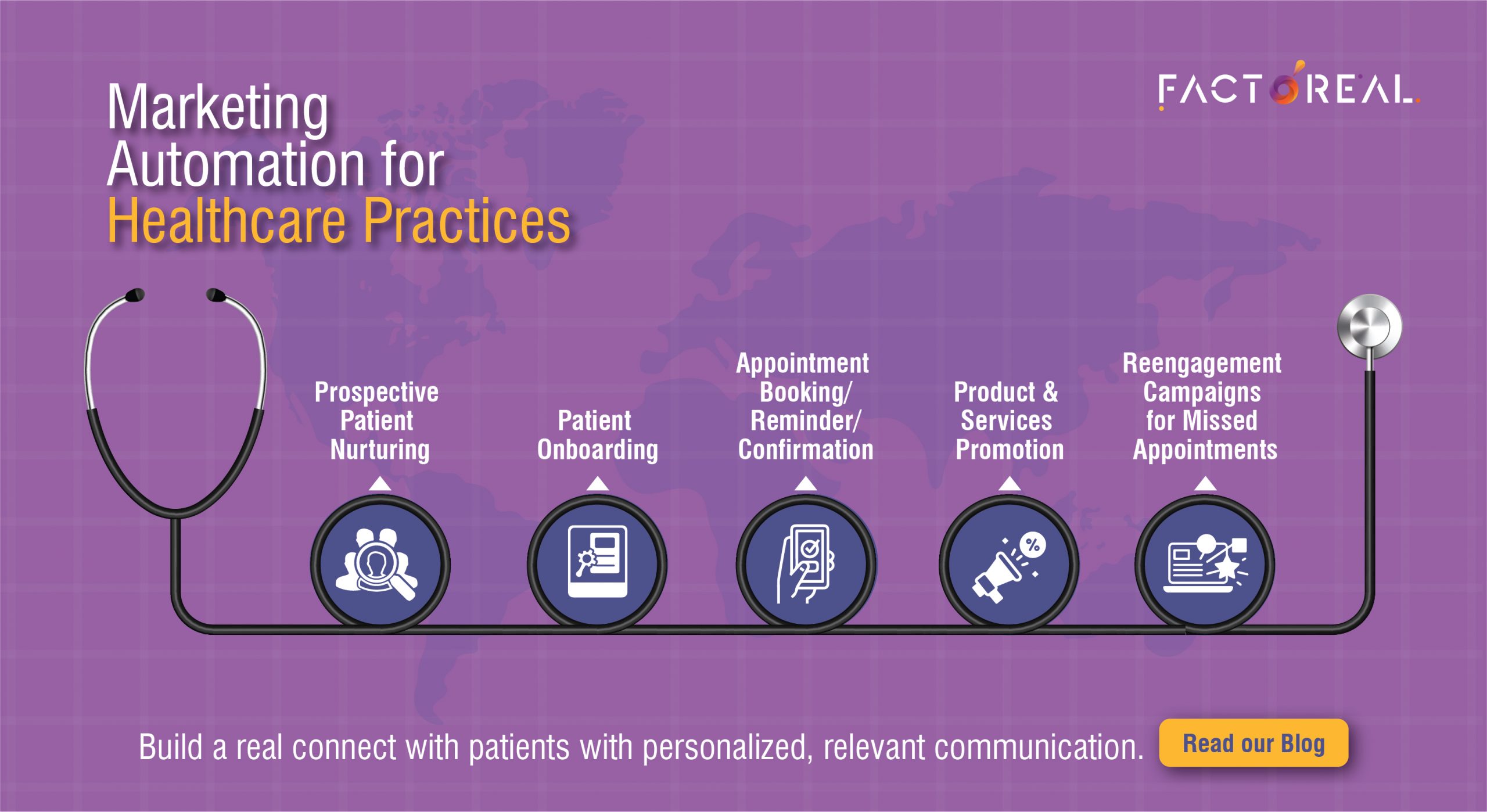
Marketing a healthcare practice isn’t something that’s taught in medical school. If anything, “Intro to Healthcare Management” is an elective that physicians can take, with marketing squeezed in alongside such topics as economics of health care, ethics of business decisions in a clinical context, and concepts in finance and operations management.
It’s little wonder then, that physicians aren’t up to speed on practice branding, marketplace positioning, value proposition, and marketing and sales. As a result, many practice owners do not realize that the traditional way of attracting patients —where you have your practice listed in an insurer’s directory of approved providers — is outdated.
To better understand consumer behavior around accessing healthcare, Arlington, Va.-based Wakefield Research conducted a pair of surveys in July 2017 and then two years later in July 2019. The surveys asked 1,000 consumers ages 18 to 65 years plus to ascertain how they search for, select, and schedule appointments with primary care physicians and specialists.
Turns out, today’s consumer of healthcare services is twice as likely to find a provider through research conducted on their own. That includes researching providers online and seeking and trusting word of mouth from friends or family. Further down the list are referrals from their health insurance provider.
That means if your healthcare practice isn’t properly marketing itself and consistently proving its value to existing patients, you’re losing out on new patient leads and are hemorrhaging a valuable source of lifetime revenue on a patient-by-patient basis versus referrals. That’s where having a marketing automation solution as part of your marketing, sales, and patient education stack starts to make a whole lot of sense.
Marketing Automation and the Patient Journey
To understand the positive role marketing automation can play within the typical healthcare practice, consider for a moment the characteristics of a simplified five-step patient journey, as outlined below. Included is one possible role that marketing automation may play within each step of the journey. (Note: For the journey below, we’ve assumed the patient is seeking and partnering with the physician/practice because of a particular health-related concern and not for general health maintenance).
Step 1 — Awareness

The prospective patient becomes aware that she or he is experiencing some sort of health issue or problem. Physical or emotional pain are the most common motivations for awareness, although they may have been alerted by a friend, family member, or coworker about a perceived health issue that needs attention.
- Marketing automation’s role in practice awareness: Consider your static and query-based online marketing touchpoints. These include directory listings, practice reviews, native advertisements, blog posts, and the patient enrollment process through your branded website. By collecting and storing data in a marketing automation platform, you’re able to communicate with prospects through thoughtfully crafted and sequentially timed campaigns that are delivered by email, text, and even direct mail.
Step 2 — Pre-diagnosis
As you can see in Step 1, the patient journey begins well before the patient is accepted into your practice and begins intake and testing in order to arrive at a diagnosis. During this pre-diagnosis stage, the patient is naturally nervous and anxious as she or he proceeds through your approach to determining what condition, syndrome, dysfunction, or illness prompted their decision to work with your practice.
Marketing automation’s role in pre-diagnosis: Once your prospective patient becomes an enrolled patient, your practice is permissioned to communicate with them on any number of fronts. And when your marketing automation platform is able to access patient data from your electronic health records (EHR) or electronic medical records (EMR) platform, you can begin to correspond with patients about any number of topics and areas of focus. The idea is to keep them informed and engaged during the pre-diagnosis stage.
Step 3 — Diagnosis
Once a diagnosis is made, the patient is likely to have a great deal to contend with. From questions about treatments and costs to appointment setting and possible changes in lifestyle, patients often feel nervous, scared, and confused about what’s next. Adding to that, they must explain to family members, friends, and co-workers what they’re going through and how these folks can best support them on their journey.
- Marketing automation’s role in diagnosis: With a marketing automation solution that actively talks with your EHR / EMR, you can add the patient to new or existing campaigns delivered by email or via private web pages. These include. videos, case studies, infographics, blog posts, condition overviews, examples of treatment plans, advice on how to talk with family and friends, and more. All are aimed at helping the patient understand and make sense of their diagnosis.
Step 4 — Determining insurance coverage
Once a diagnosis is confirmed and a plan of care is established, you and the patient will each have an interest in what the insurer has to say about authorizing and covering the cost of treatment.
Marketing automation’s role in insurance coverage: Educating patients about the ins and outs of health insurance is something few practices ever stop to consider and then conduct in a comprehensive manner. Here, using an existing campaign within your marketing automation platform, you can issue carefully sequenced emails that aim to educate and inform the patient on insurance-related topics they know little to nothing about. When you take the time to educate patients about deductibles, co-payments, co-insurance, out of pocket limit/maximum, allowables, and more, you contribute to reducing the patient’s level of stress. This, in turn, positively contributes to their ability to accept and benefit from the diagnostics, treatments, and services you propose as part of the patient’s plan of care.
Step 5 — Diagnostics and treatment

In most medical practices, little thought and action is devoted to preparing patients for diagnostic exams and treatments. Instead, physicians tend to assume that their patients are as knowledgeable as they need to be and that medical orders will be followed without any questions or concerns. That doesn’t fly in the real world, where patients experience untold impacts on their state of mind, simply because they uninformed about what exactly happen next.
- Marketing automation’s role in diagnostics and treatment: Here’s where marketing automation shines. When a practice’s core values place an emphasis on patient education, a marketing automation solution can be configured to deliver content on a diagnostic by diagnostic and treatment by treatment basis. Imagine patients showing up for diagnostic exam, treatments, procedures, and office visits knowing exactly what to expect. From the amount of time the visit will take to the details of upcoming procedures and treatments, when patients are informed about what’s happening, they’re more likely to arrive on time, be properly prepared for appointments, and ask fewer questions of a basic nature both before and during their visit. In addition, informed patients are better advocates for their own health, which often translates into better reviews and more referrals to your practice.
And speaking of reviews, a healthcare practice’s next best use of a marketing automation tool is patient feedback. Healthcare practices that ignore or eliminate patient feedback are bound to lose patients in droves.
Marketing Automation’s Role in Practice Reputation Management
Using your marketing automation software to seek and measure patient satisfaction is one of the smartest things you can do for your brand’s reputation, your organization’s culture, and the staff working in all areas of your practice. A simple request for feedback campaign — one that lives within your marketing automation platform and is issued either immediately after a patient’s visit or once a week to each patient who participated in a telemedicine appointment or practice/clinic visit —provides you with all types of actionable information.
And in the case of an upset having occurred, it’s always best to hear about it directly from the patient, as opposed to learning about it once it’s posted on Yelp, Google, Healthgrades, or Facebook. When you receive 1-, 2-, and 3-Star feedback directly from a patient, you’re able to follow-up on an individual basis. That includes the patient —in order to confirm that they’ve been heard and to inform them that the upset is being addressed — and a staff member who may have contributed to the less than ideal patient experience.
As a result of intentionally collecting feedback, you’re increasing the likelihood that the patients will stay with your practice and not leave because they feel unheard. And as every healthcare practice owner knows, patient retention is what generates positive outcomes. Not only do your patients get better when the continuum of care is accounted for, but so too does your practice’s bottom line and value.
Other uses for marketing automation in healthcare include:
- Prospective patient nurturing
- Patient onboarding
- Appointment notifications, reminders, and confirmation
- eNewsletter subscription management and distribution
- Product and supplement promotion
- Practice announcements
- Health quiz setup, distribution, and data management
- Reengagement campaigns for missed appointments
- Patient knowledge management
- Personalized birthday wishes
Finally, as you’ve probably figured out by now, if a robust marketing automation platform is the King in your marketing deck of cards, content is its Ace. Bottom line? Marketing automation software is nothing without great content.
Each and every use of a marketing automation platform requires content that educates, informs, and engages your patients. For that, you may need to turn to an expert in marketing and brand and content journalism. If you assign content creation to your office manager or physician, you’re most likely not going to meet your marketing objectives. While marketing automation solutions like Factoreal are simple to set up and configure, content creation — especially in healthcare — remains an art.



